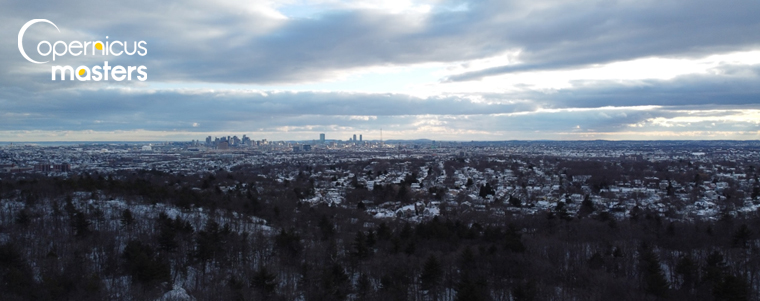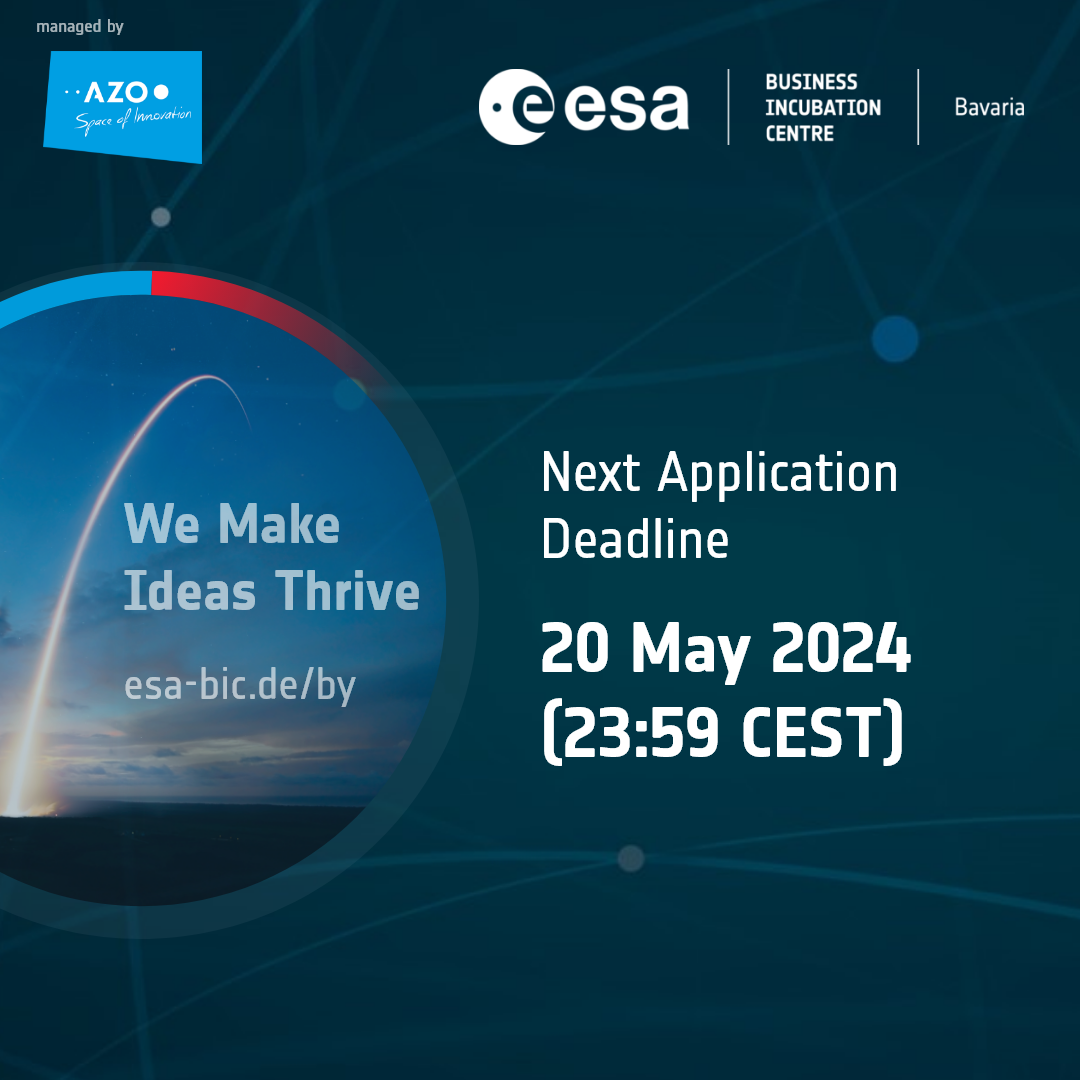The climate will be the defining issue for the next decade of urban life. Extreme weather events, access to safe drinking water, severe drought, geopolitical peace, loss of biodiversity, clean air, and jobs for the future, are among the primary concerns. While reducing carbon emissions to limit climate change is the most important step, aspects of urban design like parks and tree cover need to be supported to help everyone survive (and thrive in) urban life in the 2020s.
Worldwide, over 50% of people now live and work in urban environments. The need for healthy conditions for living, work, and leisure has never been more critical. Simultaneously, urban life is threatened by climate change, and its ever-increasing challenges to provide a safe and just quality of life for all citizens. In this era of dynamic transformation of (and in) cities, urban dwellers are increasingly reliant on nature, especially as children spend less and less time outdoors. In fact, children’s primary exposure to nature is in cities, making these urban green spaces even more essential.
The evidence is clear: poorer neighbourhoods have fewer street trees than wealthier ones, making them more vulnerable to the effects of extreme heat and heavy rains.[1][2][3] In addition to these biophysical benefits, trees may have sociological impacts on urban communities, including property values, crime rates, and social cohesion. Despite clear benefits, cities are still strapped for resources and need better information to maintain a healthy, vibrant urban forest.
In response to this, the pioneering and award-winning firm Green City Watch specialised in urban ecological engineering empowers urban foresters and arborists through geoAI, an emerging field where GIS and Artificial Intelligence (AI) intersect. Behind them is a simple idea: technology will never replace arborists, but arborists who embrace technology might replace arborists who do not. Their mission is ambitious: to revolutionise the way we value nature, bring transparency to local government, and regenerate our cities.
Green City Watch leverages a unique combination of expertise in ecology, (geo)data, and AI to build smart sustainable cities. Their suite of products drives evidence-based urban green space management with near-real-time (geo)data on irrigation, ecological hotspots, pests and disease, and standing water and flooding.
Trees are major urban infrastructure assets
Green City Watch’s latest product, TreeTect™, offers a smarter way to identify, map, and track one of the most important urban infrastructure assets: trees. While “smart cities” continue to innovate and invest in applications for “smart” waste management, mobility, and outdoor lighting, trees have long been left behind. TreeTect™ empowers urban foresters and arborists to manage their tree inventory in near-real-time whilst saving years and money in the process. A digital tree inventory by TreeTect™ optimises manual field surveying, allowing foresters and arborists to monitor the same trees on a regular basis and only send them out in the field when it really matters. Monitoring trees in a dynamic way (they are living, breathing organisms, after all) is a necessity for long-term urban forestry planning. The technology uses hi-res satellite imagery, machine learning, and LiDAR (when available) to pinpoint individual tree species, size, location, and condition. TreeTect™ minimises labour-intensive, expensive surveying—enhancing efficiency and decision making in urban forestry.
Automating processes and increasing execution times
AI, and its subset machine learning (ML), and its subset deep learning, are revolutionising processes previously executed by humans. Like the technology behind image recognition, sound recognition, and natural language processing, Green City Watch is applying a set of algorithms known as deep artificial neural networks to detect tree crowns (i.e., the top part of the tree). The proliferation of satellite imagery (and other large, sometimes open, datasets) have produced a treasure trove of training data to teach computers to recognise specific pixel patterns which is communicated to the computer to be a tree crown. These algorithms (i.e., a step-by-step procedure to solve a problem) are ultimately used to reveal patterns. Running these procedures used to take months, but with the rise of ubiquitous computing and in influx in computing power, the patterns can be uncovered in minutes.
Satellite Imagery
Previously, to gain high accuracy and precision in detecting tree crowns an optical remote sensing technique called LiDAR was used. LiDAR uses laser light to densely sample the surface of the Earth, but its acquisition is expensive, and as such, the data is rapidly out-of-date.
Today, Green City Watch is working to scale these methods to having satellite imagery as its only input. Using commercial imagery from Planet Labs, and also Maxar Technologies, their solutions employ Sentinel-1 Synthetic Aperture Radar imagery and Sentinel-2 Multispectral imagery. With Planet Labs Inc. daily imagery capabilities, Green City Watch will be able to react to urban stresses in a timely manner.
In fact, using satellite imagery as its only input would allow the solutions put forward by Green City Watch to be cheaper, faster, and scalable across temporal and spatial scales, keeping quality urban nature affordable and accessible for all cities.
Green City Watch named Overall Winner at the Copernicus Masters 2019
In 2019, Green City Watch was announced Overall Winner of the leading Earth observation innovation competition Copernicus Masters. As a double winner, they were also awarded the Copernicus Masters Planet “See change, change the world” Challenge. In 2020, Green City Watch is piloting TreeTect™ in two early-adopter cities in the United States. Green City Watch is capitalising on the relationships with these cities to allow for the rapid, iterative, and user-centric development of TreeTect™ to boost the product’s accuracy and viability.
About Nadinè Galle:
 Nadinè is CEO & Co-Founder. Together with Jim Groot, and Chris van Diemen, she founded Green City Watch in 2018. They have since grown their company with the addition of three more teammates. Green City Watch’s solutions are already improving nature in over 30 cities around the world.
Nadinè is CEO & Co-Founder. Together with Jim Groot, and Chris van Diemen, she founded Green City Watch in 2018. They have since grown their company with the addition of three more teammates. Green City Watch’s solutions are already improving nature in over 30 cities around the world.
[1] Schwarz, K., Fragkias, M., Boone, C. G., Zhou, W., McHale, M., Grove, J. M., … & Ogden, L. (2015). Trees grow on money: urban tree canopy cover and environmental justice. PloS one, 10(4), e0122051.
[2] Landry, S. M., & Chakraborty, J. (2009). Street trees and equity: evaluating the spatial distribution of an urban amenity. Environment and Planning, 41(11), 2651-2670.
[3] Wolch, J. R., Byrne, J., & Newell, J. P. (2014). Urban green space, public health, and environmental justice: The challenge of making cities ‘just green enough’. Landscape and Urban Planning, 125, 234-244.







Comments are closed.